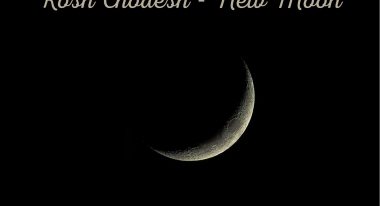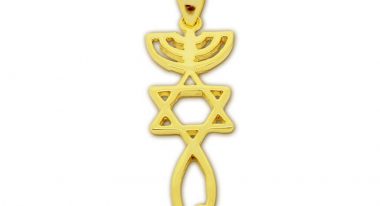
“In a daring mission into Arab countries, a kibbutz member from the Galilee managed to bring a valuable agricultural treasure into Israel.”
Fake news?
Not when we’re speaking about the 1930s.
This is the bold and surprising story of Ben-Zion Israeli, who dreamed of making the Land of Israel bloom through planting palm trees. Ben-Zion was a member of Kibbutz Kinneret, the kibbutz whose members established the Yardenit baptism site and have been running it for the past 38 years.
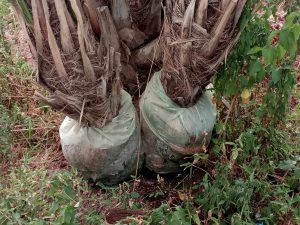
The Jordan Valley of today, with Yardenit at its heart, is known as the “Valley of Dates”; but the date palm, which is mentioned in Biblical sources as a local tree of great beauty and usefulness, gradually disappeared from the country’s landscape of vegetation and degeneration of agriculture. At the beginning of the 20th century only a few solitary palm trees grew in Israel.The dates we at Yardenit are proud to offer to tourists in our shop come from our plantations. The trees from which these dates are harvested are the very descendants of the shoots Ben-Zion brought and planted in the kibbutz nursery. These products may also be purchased online at yardenit.com The leadership of Jewish settlement in the 1920s and 1930s (in the years before the establishment of the State of Israel) wanted to improve and expand the date palm industry in Israel, and to this end, emissaries were sent to bring palm shoots from neighboring Arab countries. On seven occasions, Ben-Zion Israeli traveled from Eretz Yisrael and wandered in Egypt, Iraq, DATE PALM OFFSHOOTS
Kurdistan and Persia, bringing to Israel palm shoots suitable for its soil. Bringing we said? To be more precise: smuggling, under threat of death, because these countries refused to share this treasure of the land.
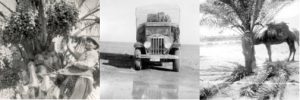
Photos through the generosity of bitmuna, from the collection of Ben-Zion Israeli
“My days are filled with trepidation and anticipation”, wrote Ben-Zion in one of his letters, “What will be? Will I succeed? Or, G-d forbid, will I return empty-handed? Each day carries me from one end to the other in lands so close and yet so far from our homeland, and I am committed to finding these dates that will one day rise from the shores of the Sea of Galilee to the Gulf of Eilat, along the Jordan and the arid Arava. Indeed, what will make the desert bloom if not the date palm?”.
Quotes: Yani Avidov, Tales of Iraq, Am Oved Publishing 1959 Ben-Zion’s Expeditions
Ben-Zion heart’s desire awaited him at the merging of the Euphrates and Tigris rivers, in the midst of a large Arab population. In 1933, he set off alone to Iraq, and brought back four cuttings of a special variety of date palm, each weighing about 20 kilos, which he carried on his back
for many kilometers, until he managed to deliver them. On another journey to the desert on the Iraqi-Persian border, he managed to obtain some 700 shoots of superior varieties, and sent them by truck to Israel.
The goal, as he defined it, was to bring back 30,000 shoots. In the spring of 1934 he went to Kurdistan, where he met with local Jews, brought them news of Zionism, and returned with 50 shoots of an additional species. In 1935 he traveled to Iraq and Persia, but the authorities there prevented the removal of the cuttings, and he returned empty-handed. In 1937 he smuggled 7000 shoots out of Egypt on camels.
What, actually, are shoots?
Date palm shoots are off-shoots that grow on the bottom part of the trunk. d. When the shoots reach about 15-20 kilograms they can be removed from the mother tree and planted in the nursery, and after about three years the new sapling is re-planted in the final plantation. Propagation using offshoots has a huge advantage: The shoot bears the exact characteristics of the mother tree and therefore the planter knows in advance what will grow (and primarily, whether it is a male or female tree). Today the process is shorter and more sophisticated, and the rooting is done on the stem of the mother tree by creating a suitable growth medium around the base of the shoot. Another method of propagation is using the tissue culture, i.e., taking cells from the mother-tree and turning them into a plant.
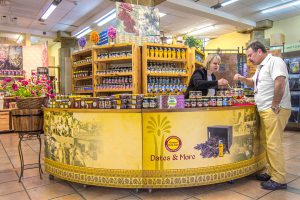
The dates we at Yardenit are proud to offer to tourists in our shop come from our plantations.
The trees from which these dates are harvested are the very descendants of the shoots Ben-Zion brought and planted in the kibbutz nursery. These products may also be purchased online at yardenit.com
Alongside this agricultural discussion, we can not help but look at one of the founding verses that according to Christian interpretation illuminates the familial prophesy of Christ:
“A shoot will come up from the stump of Jesse; from his roots a branch will bear fruit” – Isaiah 11:11 NIV. (KJV: a rod)Back to Ben-Zion and the Jordan Valey
The shoots brought to Israel by Ben Zion Israeli and Yani Avidov, the man who continued his huge mission, were distributed along the Jordan Valley. The descendants of these date palms have since been planted throughout the Jordan Valley and the Arava, from Kinneret to Eilat. “Ben-Zion was not just a man of dates,” wrote Avidov in his book “Tales of Iraq”, “His date madness was nothing more than an expression of his national responsibility, his burning passion for the deeds of Genesis, and the building of Israel. He lived with all his soul the Jewish fate and the destiny of the State, and when he envisioned dates in the Negev, he saw in their shadow the masses of Jews for whom the trees were planted.”
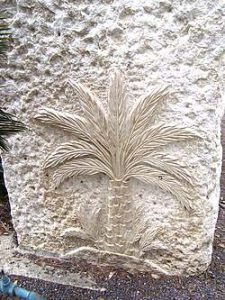
In 1953 Ben-Zion traveled to Persia. It was to be his final journey. In 1954, before completing his next assignment, he was killed while attending a state ceremony at neighboring Kibbutz Ma’agan, when a light plane displaying maneuvers crashed into the crowd. Ben-Zion Israeli is buried in the Kinneret cemetery and his tombstone is engraved, of course, with a palm tree.
But Ben-Zion’s contribution remains immortal: it is due to him that the Jordan Valley can now be viewed covered with palm groves, as is the Beit She’an Valley. The Israeli date palm is a success story on a global scale. The Jordan Valley, with Yardenit at its heart, is known as the “Valley of Dates”, and it is difficult today to imagine it any differently. Come and have a taste…




